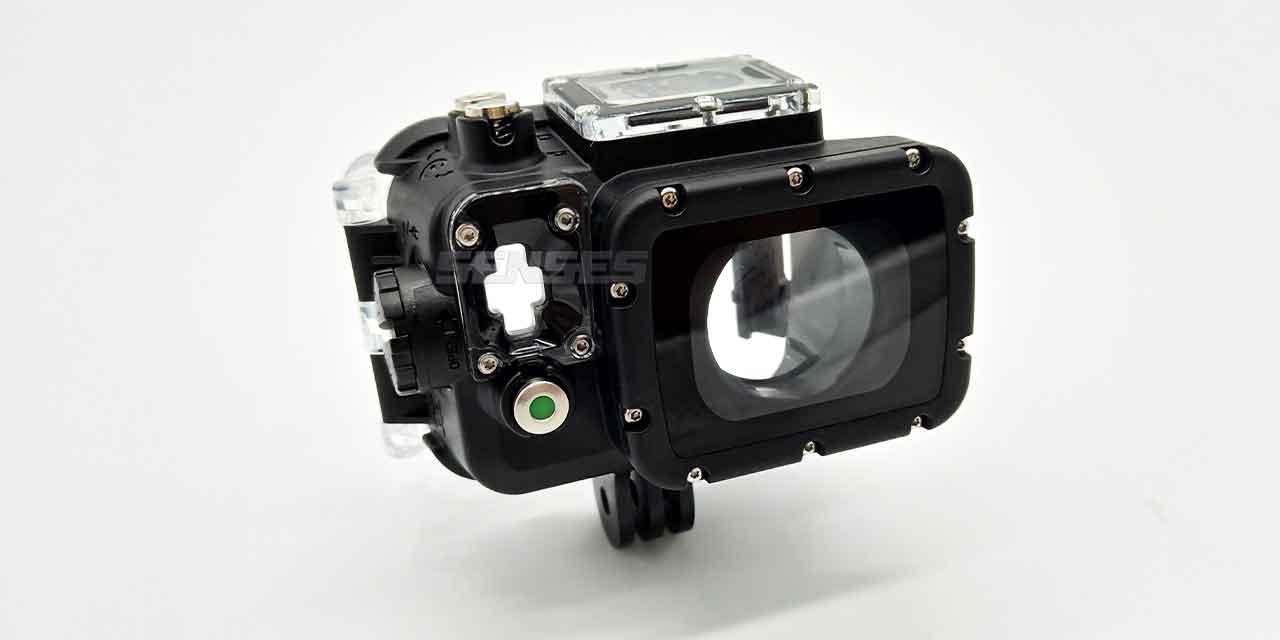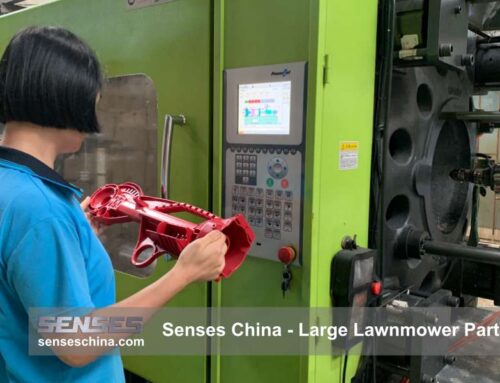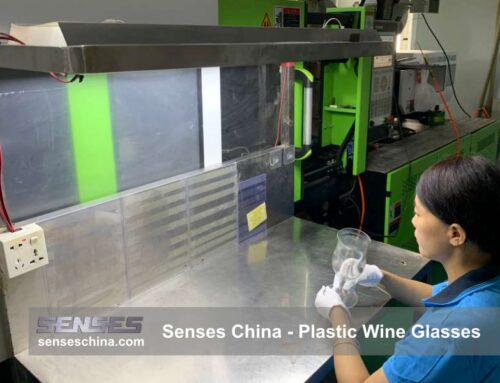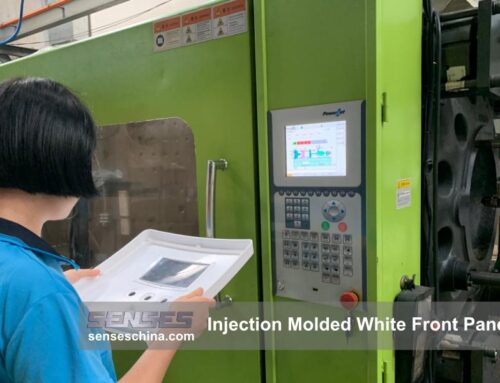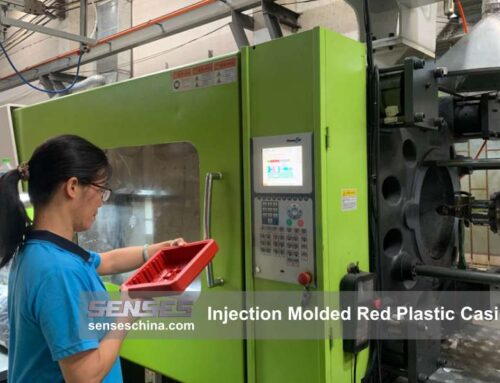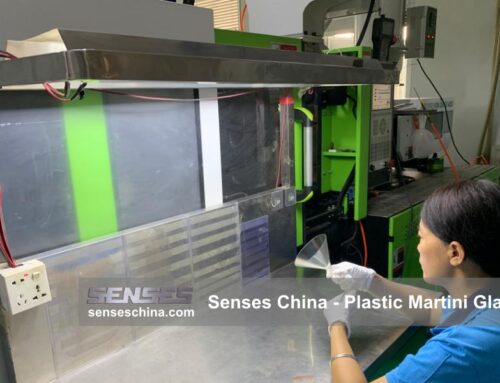Plastic prototyping essentially involves crafting early models or samples, known as plastic prototype, using various plastic materials. These models, or prototypes, help designers and engineers visualize and test their concepts before final production. Prototyping can involve different methods, such as 3D printing, CNC machining, injection molding or vacuum casting, each suitable for different types of designs and complexities.
What’s the Deal with Plastic Prototypes?
What It Is:
Consider plastic prototyping as the rehearsal before the main performance. It involves creating a smaller, often simplified version of your product as a plastic prototype, allowing you to assess its form and function in the tangible world beyond digital simulations. This step is crucial within the product development lifecycle, particularly for items designed for mass production in plastic materials.
Categories of Plastic Prototypes
Plastic prototypes can be classified into several levels or types, primarily based on the purpose they serve in the product development process. The main categories are conceptual prototypes, functional prototypes, and appearance prototypes. These classifications help designers and engineers choose the appropriate method of prototype creation according to the different stages of product development:
- Conceptual Prototypes: To validate design ideas and showcase the concept or design philosophy of new products.
- Functional Prototypes: To test the product’s functionality and verify whether the design meets technical and performance requirements.
- Appearance Prototypes: To showcase the product’s appearance, color, material, and surface treatments for marketing purposes or to evaluate user experience.
- Engineering Prototypes: Combines both functionality and appearance to test the product’s structural design, ensuring it meets manufacturing and assembly requirements.
Why It Matters:

As a company specializing in injection molding services, we understand the profound impact that prototyping can have on the success of product development. It plays several pivotal roles:
Turning Ideas into Reality: Plastic prototyping transforms abstract ideas into tangible products. This step is crucial for verifying that the concept meets initial requirements and objectives, providing a concrete basis for further development.
Evaluating Design and Functionality: Prototypes allow for the comprehensive evaluation of a product’s design, ergonomics, and aesthetics. This stage is critical for identifying and rectifying design flaws, ensuring that the final product is both appealing and functional.
Cost-Effective Testing and Refinement: Through functional testing, prototypes help in assessing the product’s performance under various conditions. This proactive approach facilitates refinements before mass production, saving time and resources by addressing issues early in the development process.
Market Validation: Plastic prototypes can be used for market testing to gauge consumer reaction, functionality, and the overall appeal of the product. This feedback is invaluable for making informed decisions and adjustments before full-scale production commences.
Streamlining Production Processes: Prototyping aids in the estimation and reduction of production costs. By identifying complex or unnecessary design elements, companies can streamline production processes, resulting in cost-efficient and practical product designs.
Enhancing Communication with Stakeholders: Physical prototypes are effective tools for communication with partners, suppliers, and investors. They provide a clear and tangible representation of the product, facilitating better understanding and collaboration among all parties involved.
Plastic prototyping techniques can vary from basic methods like 3D printing and CNC machining to more sophisticated approaches such as injection molding with rapid tooling. Each method has its advantages, depending on the prototype’s purpose, required material properties, and the stage of the development process.
By partnering with a trusted provider like Senses, you can harness the full potential of plastic prototyping to refine your product, validate your market, and streamline your production process, setting the stage for a successful market launch. Contact us today to learn more about our plastic prototyping and injection molding services.
Different Types of Plastic Prototyping Techniques

Different techniques are suited to different stages of the development process, complexity of design, and the required end-use of the prototype. Here’s an overview of various plastic prototyping techniques:
3D Printing:
3D printing builds objects layer-by-layer using materials such as ABS, PLA, and resin. This technique is ideal for creating complex geometries that would be difficult or impossible to achieve with traditional manufacturing methods.
Advantages: Rapid turnaround times, enabling fast design iterations.
Disadvantages: The strength and finish of parts might not match those made with traditional manufacturing methods.
Best for: Conceptual models, functional prototypes, complex designs, and small batches.
CNC Machining:
CNC (Computer Numerical Control) machining involves subtracting material from a solid block using various cutting tools to shape the final product. Materials like nylon, acrylic, and polyethylene are commonly used.
Advantages: Wide range of materials available, closely simulating final product materials.
Disadvantages: Complex geometries can be difficult and expensive to machine.
Best for: High-precision functional prototypes, large components, and parts that require specific material properties not available in 3D printing.
Injection Molding with Rapid Tooling:
It’s combined with traditional injection molding to produce prototypes or small batches quickly. While traditionally used for final production, rapid tooling paired with injection molding is becoming increasingly viable for creating engineering prototypes that are very close to the final product in terms of material, strength, and aesthetics.
Advantages: Produces parts that are representative of the final product in material strength and surface finish.
Disadvantages: Modifications to the design require new tools or modifications to existing tools.
Best for: End-use prototypes, small to medium series production, and material testing under actual usage conditions.
Vacuum Casting:
Amaster model is created, and a silicone mold is made from the master. Then, a two-component polyurethane resin is cast in the mold under vacuum.
Advantages: Ability to use a wide range of materials, including those that mimic rubber, clear, and colored plastics.
Disadvantages: The molds have a limited life span.
Best for: Small series production, high-quality surface finishes, and testing different materials with similar properties to the final product.
By selecting the appropriate prototyping technique, companies can effectively progress through the stages of product development, from initial concept to a fully functional product ready for mass production. Each prototyping method offers unique benefits tailored to the specific needs of each stage, ensuring that the design, functionality, and appearance of the product can be thoroughly evaluated and refined before market launch.
Senses: Your Partner in Injection Molding Solutions
Senses is an ISO 9001:2015 certified plastic injection molding company, offering a comprehensive array of services including mold and part design, prototyping, small-batch production, and full-scale manufacturing. We serve a diverse range of industries, encompassing automotive, medical, and consumer electronics. Our focus is on ensuring each product we deliver meets the highest standards of quality and functionality.
For personalized solutions and expert consultation, reach out to us today at info@senseschina.com.
